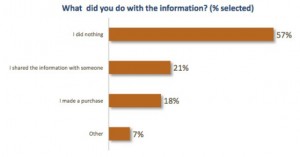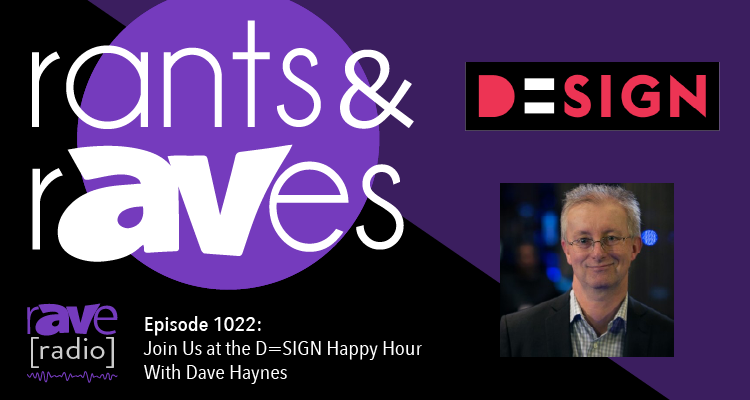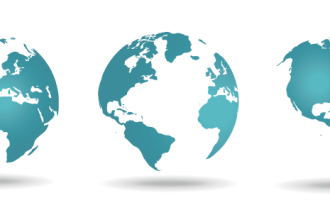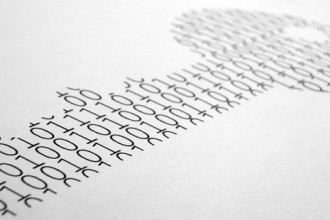QR Codes Still A Mystery To Most, Even Those Who Do Scan
 Marketing Charts has some useful insights up from a recent survey looking into how consumers actually perceive and use buzz-heavy QR code technology.
Marketing Charts has some useful insights up from a recent survey looking into how consumers actually perceive and use buzz-heavy QR code technology.
As it turns out, only one in five people knew what they were and of those who did and have actually whipped out their smartphone and scanned, nearly three in five did nothing with what they got.
Fifty-seven percent of consumers who have scanned a QR code say they did nothing with the information, compared to 21 percent who shared the information with someone and 18 percent who made a purchase, says a survey just released by market research firm Chadwick Martin Bailey.
In fact, of those who have scanned a QR code, just 41 percent said that they found the information they received useful, while 42 percent had mixed feelings and 18 percent said the information was not useful. On a more encouraging note, though, 70 percent of these consumers found QR codes easy to scan, compared to just 7 percent who found them difficult.
Overall, just 21 percent of the survey respondents said they had heard of QR codes, although 81 percent recalled seeing one when presented with an image. According to an October 2011 survey from strategic marketing firm Russell Herder, 72 percent of consumers said they had seen a QR code, but nearly 30 percent did not know what it was.
Data from “Nine Things to Know About Consumer Behavior and QR Codes” suggests 43 percent of those asked would be interested in scanning to get discounts, coupons, and free items. About a quarter were interested in more information about a product or service, access to exclusive content or buying stuff.
As logic suggests, the most passive medium gets the best action. Magazines and newspapers (35 percent) were the leading sources for those who have scanned a QR code, ahead of packages (18 percent) and websites (13 percent). Direct mailings (11 percent), billboards or signs (11 percent), and emails (4 percent) proved to be relatively less significant sources.
It backs up what a lot of people are saying about the QR code/digital OOH thing, that the dynamics of the viewing situation aren’t terribly conducive to people whipping out their phones.





